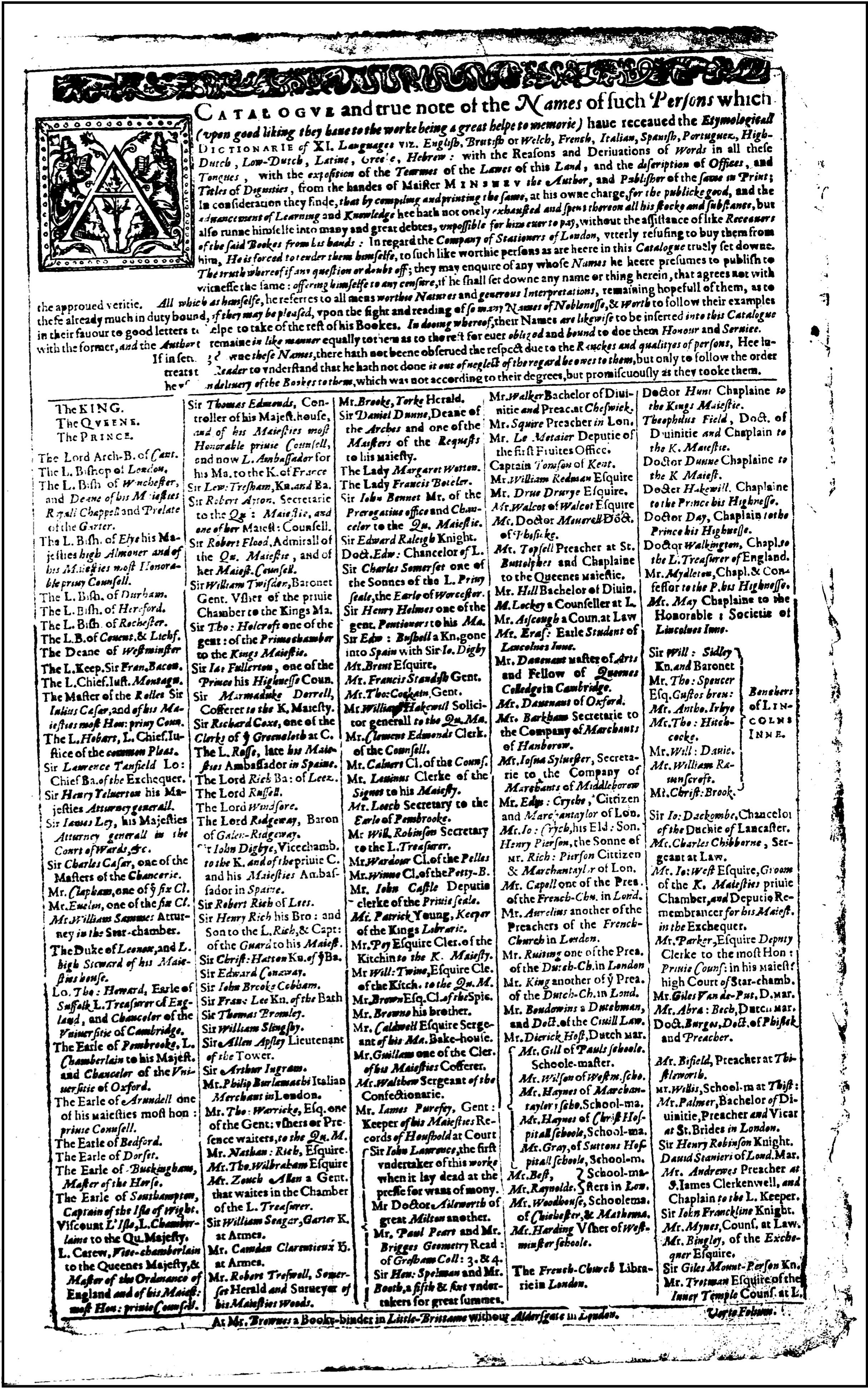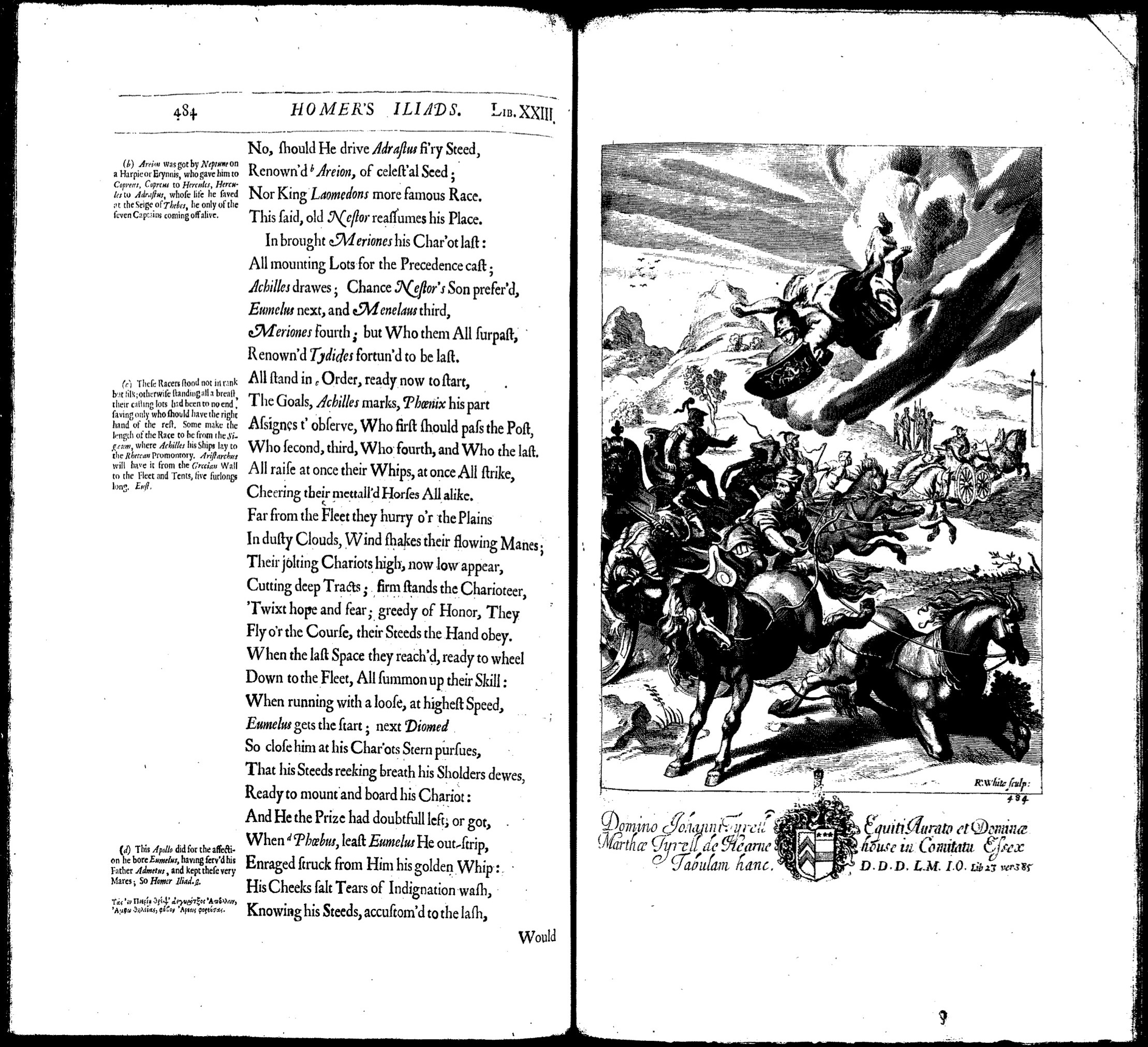
EEBS Conventions and Considerations
Outside Research and Repeat Subscribers
EEBS is intended to reflect the subscriber demographics as stated in the lists themselves, not sourced from outside research. For example, even though it is easy to discover that Samuel Pepys took his bachelor’s degree at Cambridge in 1654, since he only listed himself as “Sam. Pepys Esq,” when subscribing to The English Atlas (1680), his Formal Education status is recorded as “unknown.”
Occasionally, minimal outside research into subscribers was incorporated to clarify an individual's stated profession and provide Industry information. Extra information available from these searches was not incorporated.

Spelling
The entries under the Original Text column, as well as First Name and Last Name retain their original spelling, including for hereditary titles. The spellings of specific halls or houses under Geographic Location have also been preserved. City and county names under Geographic Location, as well as Profession information have been modernized.
Abbreviated first names have been expanded if the abbreviation is clear, e.g. James for Ja. When more than one option is possible, abbreviations have been retained. For example, Ed. could be Edward or Edmund, so Ed. is preserved.
V/U, VV/W, and I/J have all been modernized and Latinized English names have been translated back to English.
Multi-Entries
Some list entries are for two people, like a married couple or a college head subscribing for themselves and their college. In these instances, each entity was given their own entry.
Some people subscribed to multiple books across the years. Data for particular individuals was not standardized across entries, nor was additional information from one list transferred to another. To return to Pepys, because his name appears as “Pepiis” in the list for Browne’s Myographia Nova in 1698, that is how it is entered in the database for that book.
Current Progress and Multi-Edition Lists
EEBS is a work in progress and does not represent all subscribers from these years. There may be surviving lists that are missing.
In general, EEBS presents the list from one edition, except for Ogilby’s Iliad and Minsheu's A Guide into Tongues. For Ogilby, some of the plate inscriptions in the 1660 edition were difficult to read, so the 1669 edition was consulted, and it was discovered that not all the plates were the same. In the case of Minsheu, Sarah L. Clapp found a list currently housed at the University of Texas that had nearly four hundred entries, while the digital facsimile available on Early English Books Online from the University of Cambridge has only 242.1
For these two texts, additional columns are included in the dataset detailing what entries are found in which editions, with any differences between repeated entries noted.
Hopefully, EEBS will continue to grow as more lists and list editions come to light.
Notes
- Sarah L. C. Clapp,“The Beginnings of Subscription Publication in the Seventeenth Century,” Modern Philology 29 (1931): 211-213.